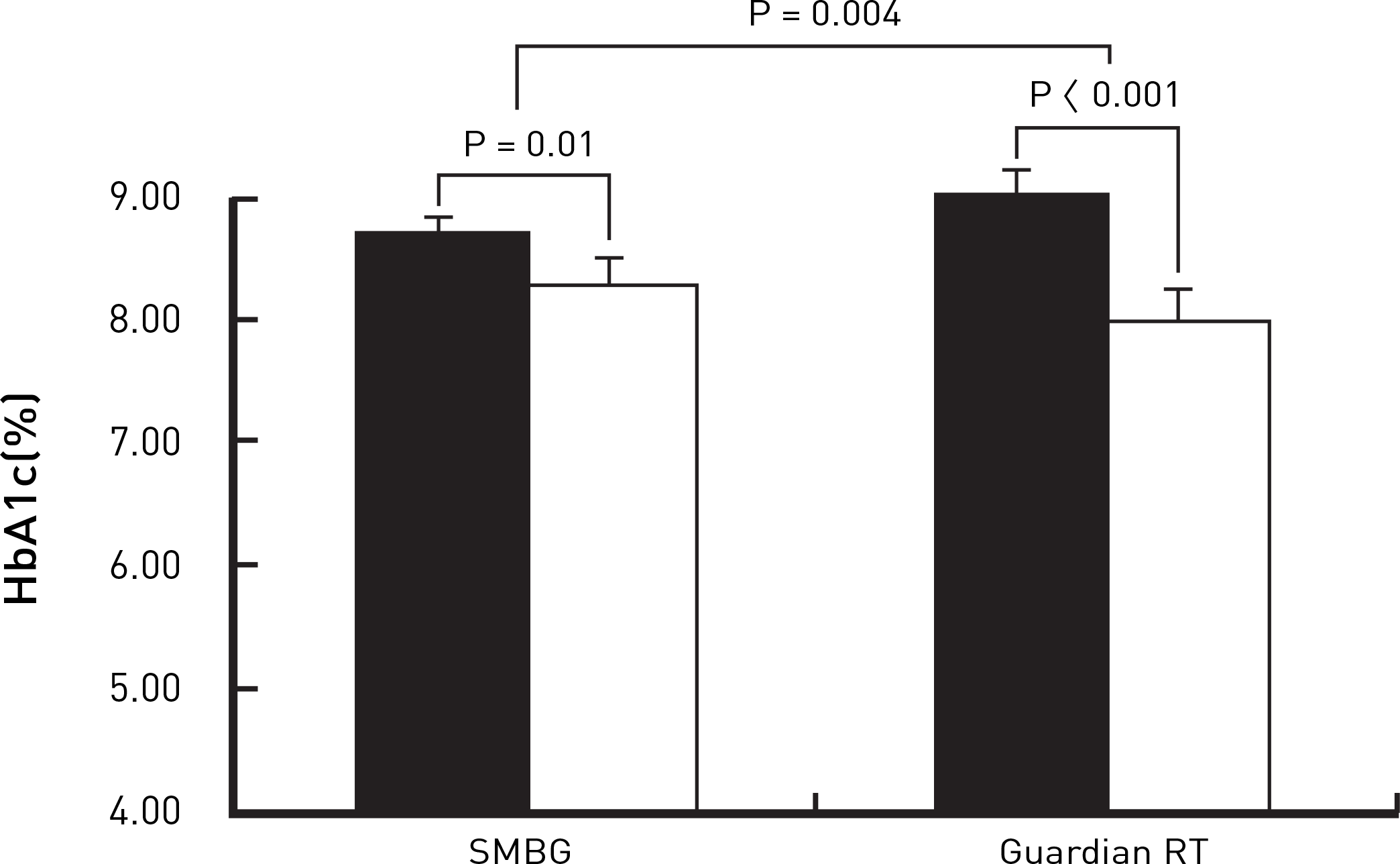Abstract
The use of a Continuous Glucose Monitoring System (CGMS) allows diabetic patients to adjust their own insulin doses, food intakes and physical activities and to thus improve glycemic control. Even though we check the SMBG more than 4 times per day, we can't find a hidden abnormal blood glucose. CGMS have been devised to assist in the diagnosis and treatment of blood glucose changes using computer analysis. The objective of this report is to summarize the measurement principles, application and patient education of CGMS.
Go to : 
REFERENCES
1. Hirsch IB. Hypoglycemia and the hypoglycemic unawareness syndrome. Diabetes Technol Ther. 2000; 2(Suppl 1):S81–7.

2. Korean Diabtets Association. Tretment guideline for diabetes 2011. Diabetes Metab J. 2011; 12(Suppl 1):46–9.
3. Ginsberg BH. The FDA panel advises approval of the first continuous glucose sensor. Diabetes Technol Ther. 1999; 1:203–4.

4. Juvenile Diabetes Research Foundation Continuous Glucose Monitoring Study Group. Tamborlane WV, Beck RW, Bode BW, Buckingham B, Chase HP, Clemons R, Fiallo-Scharer R, Fox LA, Gilliam LK, Hirsch IB, Huang ES, Kollman C, Kowalski AJ, Laffel L, Lawrence JM, Lee J, Mauras N, O'Grady M, Ruedy KJ, Tansey M, Tsalikian E, Weinzimer S, Wilson DM, Wolpert H, Wysocki T, Xing D. Continuous glucose monitoring and intensive treatment of type 1 diabetes. N Engl J Med. 2008; 359:1464–76.
5. Kestilä KK, Ekblad UU, Rönnemaa T. Continuous glucose monitoring versus self-monitoring of blood glucose in the treatment of gestational diabetes mellitus. Diabetes Res Clin Pract. 2007; 77:174–9.

6. Jung SH, Kang IK, Park CY, Ryu MS, Woo JT, Kim SW, Kim JW, Kim YS. Continuous glucose monitoring is needed to detect unrecognized hypoglycemic event in diabetic patients with stroke. Korean Clin Diabetes. 2002; 3:140–51.
Go to : 
 | Fig. 1.Difference in the change in HbA1c level from baseline to the 12-week follow-up examination between the self-monotoring blood glucose (SMBG) and Guardian continuous glucose monitoring system (Guardian RT) groups. Black bars represents baseline HbA1c and white bars represent HbA1c levels 12 weeks later. |




 PDF
PDF ePub
ePub Citation
Citation Print
Print


 XML Download
XML Download